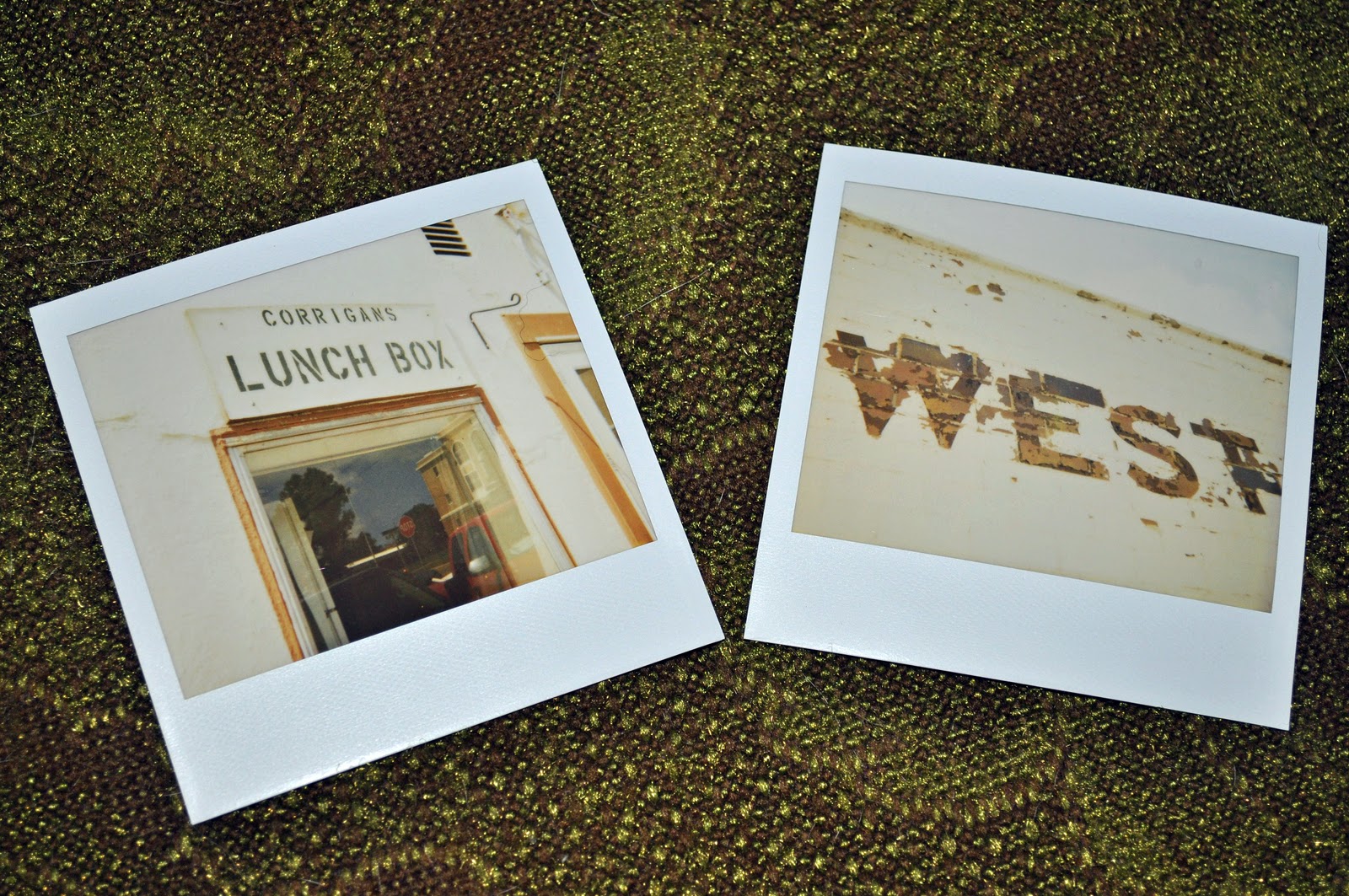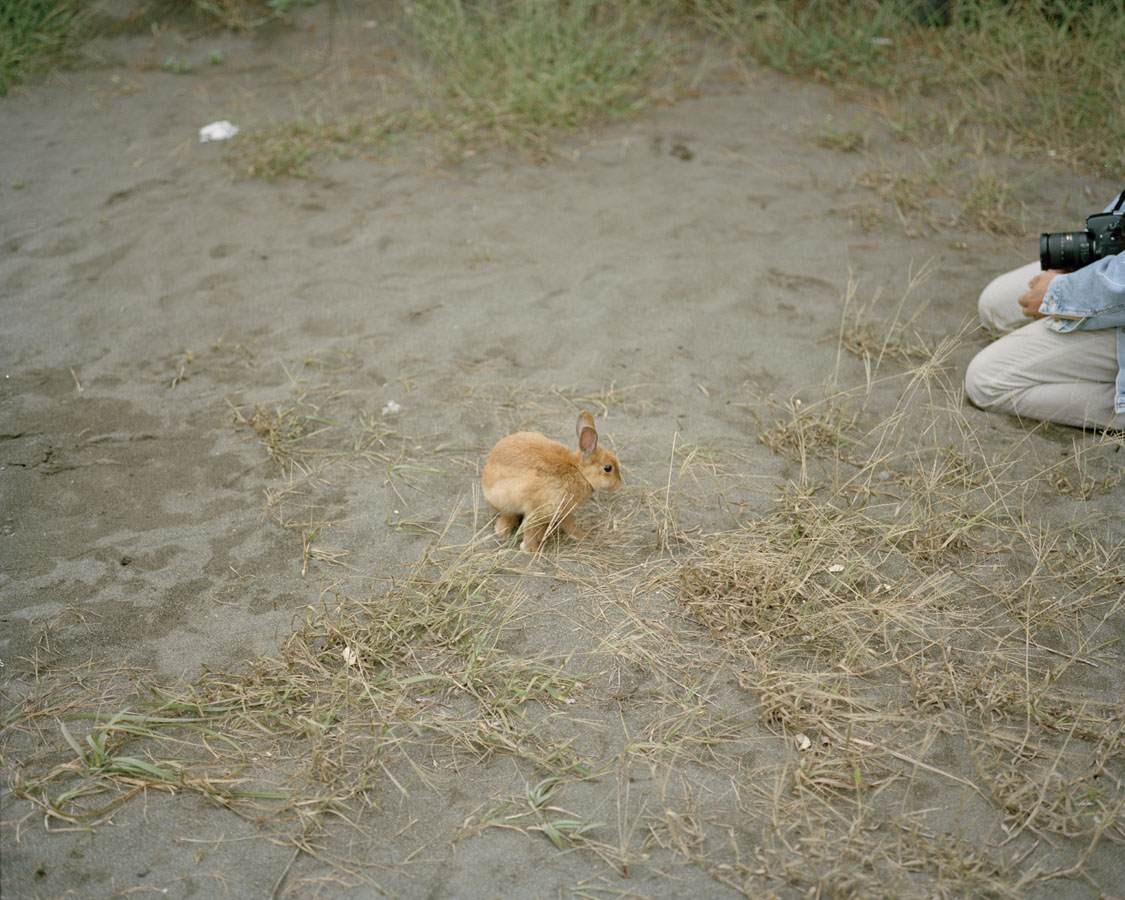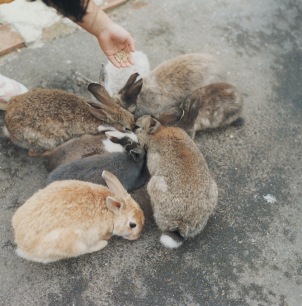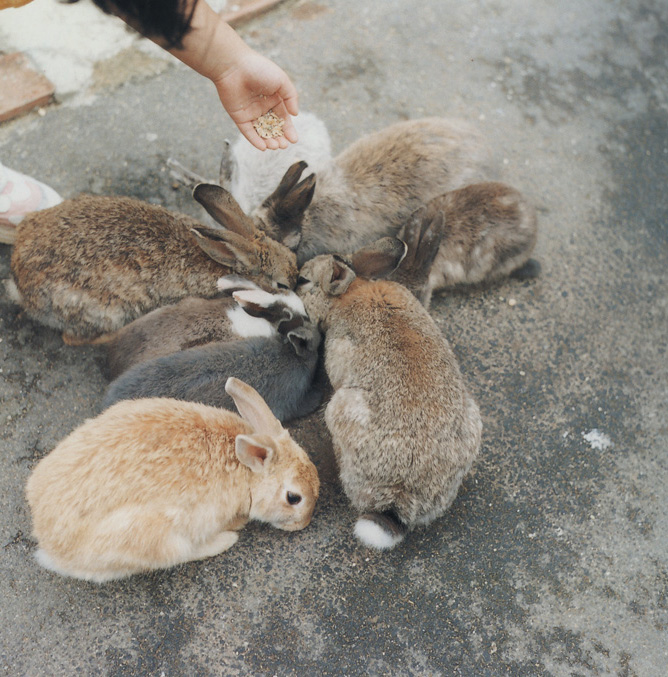During this years Santa Fe Review I had the pleasure of meeting Dana Popa. I was so impressed by her work I decided to find out a little more about her project not Natasha.

You are a storyteller, tell me about how you decide to frame your stories?
I first learn about the subject I am to photograph. I also look into the ways the same subject was shown before, I prefer defying the stereotypes, when possible. I believe that with social documentary photography, at the end of the day, no matter how one envisions a narrative flow of the story and preconceives a story, one has to make the best of what the immediate reality offers. And for me this is a constructive challenge.
Why did you originally decide to photograph the topic of sex trafficking?
I found out what sex trafficking really means, this is what triggered my work. At the time there was not much visual coverage of the illegal trade…
So I decided to get a closer look at sex trafficking and record what it means for these women to survive sexual slavery. I chose to look inside their souls – which for me at the time seemed very difficult to do, but that is what I was most interested in. And after having heard their stories, I wanted to look at their traces: at what women who had disappeared for years and who are believed to be trafficked and sexually enslaved leave behind. This became an essential angle and part of the narrative.
After being involved in this project, I am realizing that its beginnings might have also been triggered by my interest and knowledge of the woman’s position in societies like the one I was born in.
What was your childhood like? Can you relate to these women through your personal experience and upbringing?
In the case of not Natasha, I should admit that all my childhood I was used to see sad faces of the women who might have experienced domestic violence. As well, poverty was not something new or exotic for me, not that I was poor myself, I am coming from a middle class family, but one can see poverty at all pace and at different levels across my native country.
You said in an interview with Photofuison that Moldova is Land in limbo, that it is the main supplier for sex trade, and poorest country in Europe. Do these things make the trafficking worse?
Of course! Poverty is the real reason for people’s vulnerability. There will be exploiters to take advantage of their vulnerability and despair to live a better life. In this case, jobs abroad were offered to women and women would take the risk. A job abroad, in a world of dreams, is the only possibility for one to escape poverty. It is easier for traffickers to go to poor villages and target jobless people living in terrible conditions.
Willing and forced? Your work is forced prostitution! Why did you decide to focus on forced prostitution?
Oh, it is great that we can draw a clear distinction between forced prostitution and willing prostitution. Well, I wanted to make the distinction even starting with the title of the project. ‘Natasha’, as Dalia explained to me, is a nickname for sex workers with eastern European looks, and the women who had been tricked into a world of dreams and then lured into different destination countries and forced into sexual slavery ‘hate the name of ‘Natasha’! Because we are not Natasha’s, do you understand?” Dalia told me. These women did not opt to become sex workers, they were locked in all sorts of locations, from flats and houses to brothels, threatened, beaten up and raped, put on drugs and alcohol and forced into it. When I researched my subject, it was shown that women from Moldova had been sent to as many as 42 destinations.
What was the hardest aspect of this project for you?
Getting access was the hardest aspect. I worked a lot to establish all sorts of connections with NGOs fighting sex trafficking in different countries. I received less than half of the help I needed to make the story. The rest I had to do myself, which was difficult and took time.
Access to these women seemed to be a huge challenge. How did you explain why you were doing this project to the women in order to gain access?
Access was the most frustrating part all along the years I did this work. It took a long time and if I wanted to photograph a new angle of the story, getting access would still take long, even though my work on sex trafficking was known by then; I can’t explain why. I initially got access through 2 local NGOs in Moldova; the social workers allowed me to visit the women who survived trafficking and were now living back in their homes, or wherever they returned to. It was important that I stayed faithful to my concept, I wanted to see how the women who had gone through the most horrific experience kept on living, and living with a deep pain, forever traumatized. It was not hard to explain why I was interested in them. The most pleasant part of the learning process was when I spent time at one of the shelters that offered them psychological assistance and accommodation for a month or so.
You worked with a physiologist at the shelter, did working with this person help you understand what these women have gone through?
As soon as I had a short conversation with the psychologist at the shelter, I understood that she would be the right person to introduce me to the trauma these women were still going through. This way I could learn and understand about the women that had escaped sex trafficking without me asking certain personal questions that could create unwanted moments between me and the person that I was photographing.
Why did you want to photograph these women after they returned home?
I wanted to look at the deep marks that sexual slavery leaves on a human being. I wanted to show what one couldn’t see: the interior hidden trauma; that was the challenge for me. I also wanted to look at the reason why women would take the chance, leave their children, families behind and flee their country; also if they integrate back, if the society puts a stigma on them. I was also aware that this angle would give me time to meet more women and to dig deep into this subject and to put together the pieces of the puzzle.
Empty spaces represent missing women? Can you tell me more about this?
I had the opportunity to continue the work through a commission from Autograph ABP that later published the book. I followed my story line looking at the spaces where the women who are sex slaves once belonged. Their presence was strong there, and one could still feel it through the families who were longing for them, through objects left behind, through their rooms kept intact, exactly as they where when they went missing or little pictures transformed into little altars. Later on, I looked at the places where such women are held captive and forced into prostitution. This was my way of representing missing women: through empty spaces that once were filled with their natural presence and empty spaces where they are forced to exist.
Captions, tell me about these words in the back of the book.
Words are of paramount importance for the story. I have been told that I took beautiful pictures of sex trafficked women. Well, words come to tell the horrific story these women went through. And the words are their words. At times I would be amazed at what women who survived sex trafficking would tell me. Words like ‘why do you have to dig up my life again?’ or ‘my husband sold me’ or ‘(…) only the thought of my daughter back home kept me alive” are not to forget, their honesty and maybe need to shout struck me; I thought I had to give these girls, whom I was photographing, their own voice. The story is told better like that. So I thought of leaving the pictures to flow throughout the book, to bleed the pages in silence, like some moments of my meetings with them were. Leaving the pictures to the interpretation of the reader was a good way of telling the story. And then read the words at the end. Mark Sealy the director of Autograph knew the stories behind the work and decided that my journey in making the work was part of the story, therefore by adding my notes at the back of the book, the reader would get closer to the experience and the subject of this project. And it would also have the structure of a journey, which is what the women had experienced from the moment they fell into the hands of traffickers.
I began by asking about your story telling. I would like to end by asking you if you were more interested in the story or getting the story out into the world once you finished?
To be honest I give more importance to taking the story out in the world once it is finished. That plays again an important part in the photographic process.
Check out not Natasha here
Buy not Natasha here, here or here
Read unedited interview here
What are you working on today?
My new work focuses on post communism everyday youth and their lives against the fleeting memories of a bygone past that still permeates the selves and the landscapes. I am opening a reflection on the notion of identity in a place that soaks itself in the nothing-works status-excuse, 20 years on after its liberation, Romania.
Check out new work here





















